Design and test VR and AR experiences
Test your designs in fully immersive context!
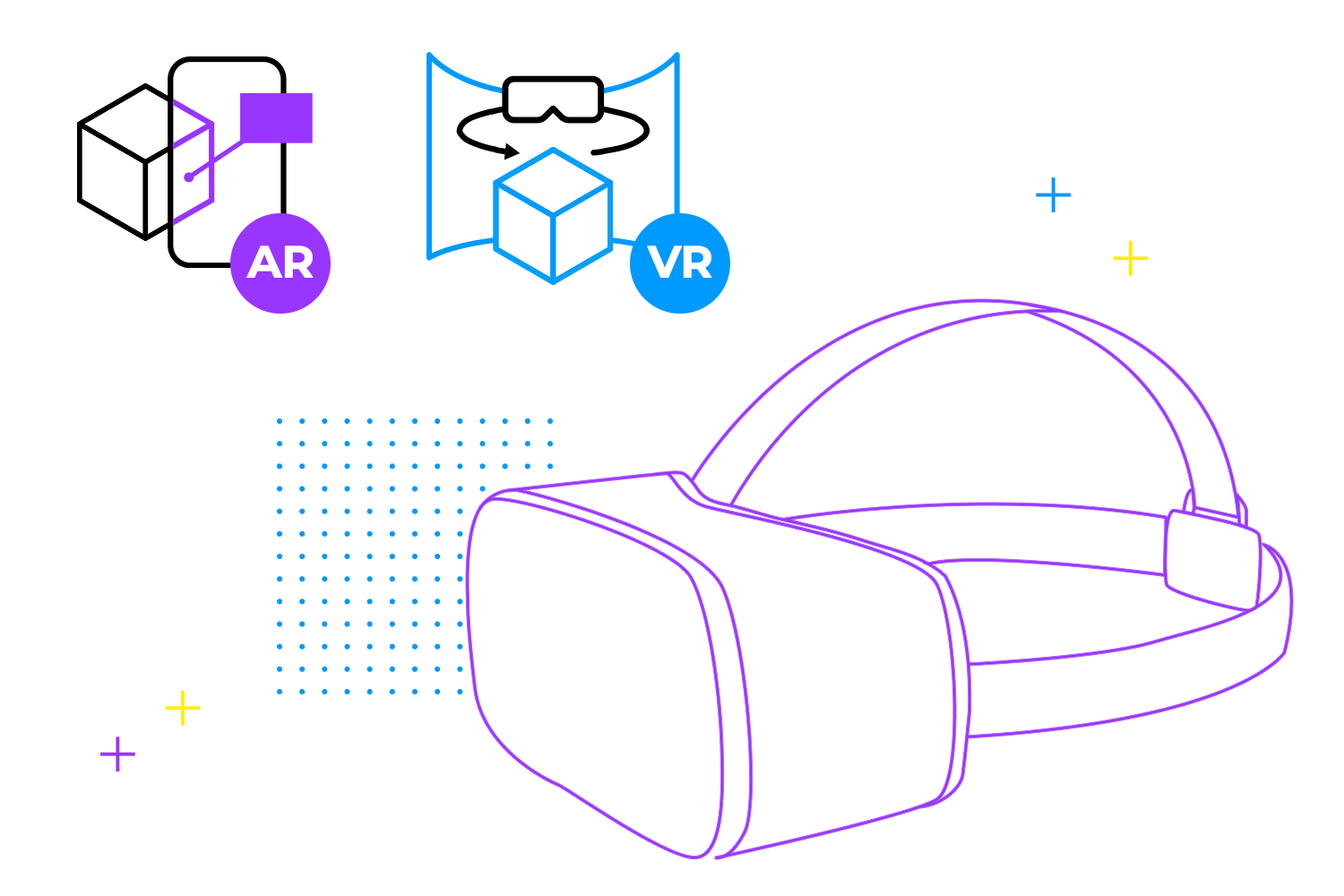
Virtual reality and Augmented reality
Justinmind brings a new age in design, erasing logistical barriers to creating diverse digital products.
Use Justinmind to place your prototype on top of the real world, like on a table or a wall.
Create or download the entire environment, like the entire room with walls, tables and all.
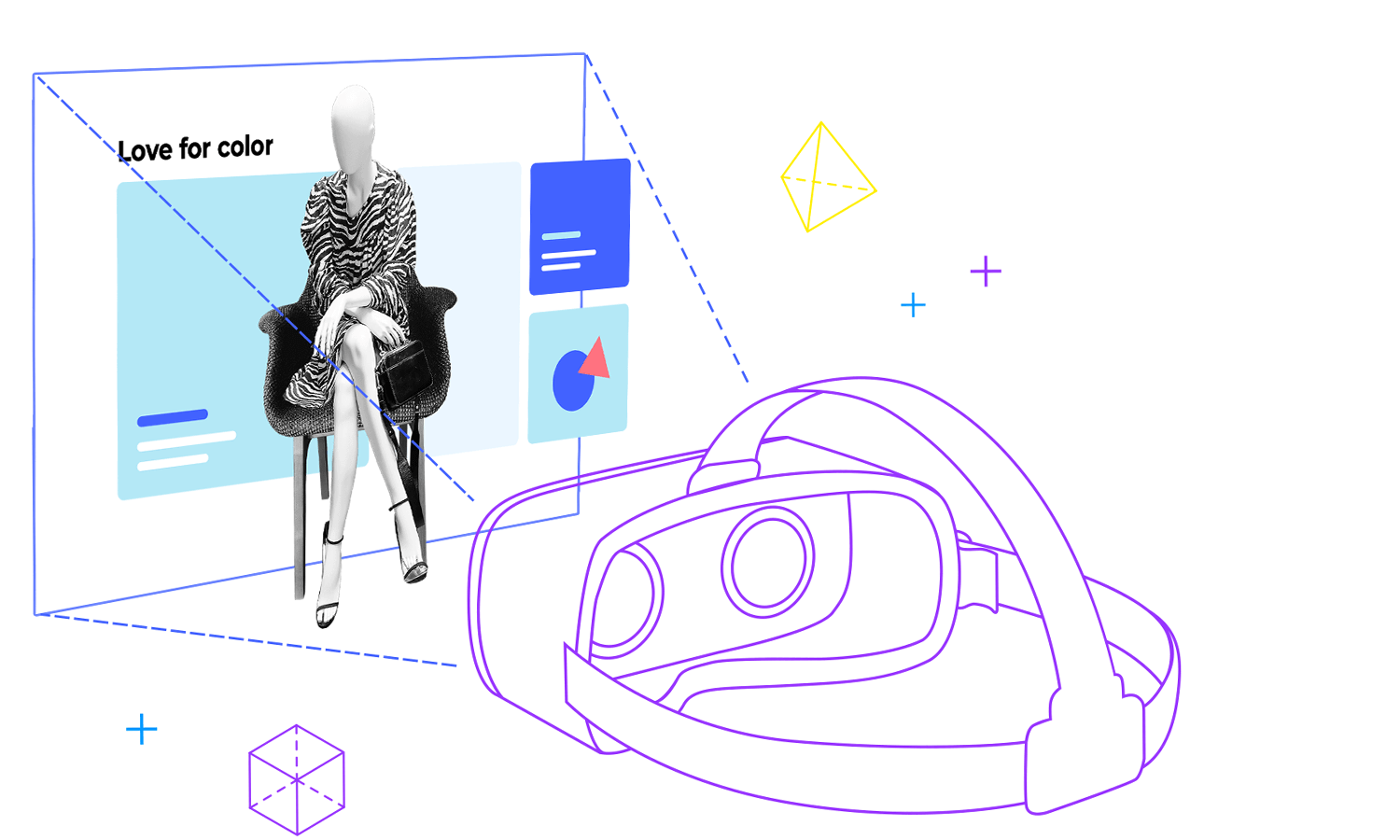
Test your design in VR and AR environments
From an airplane cabin, the inside of a car, or a kitchen with a smart fridge. With our testing technology, the testing environment is whatever you say it is.
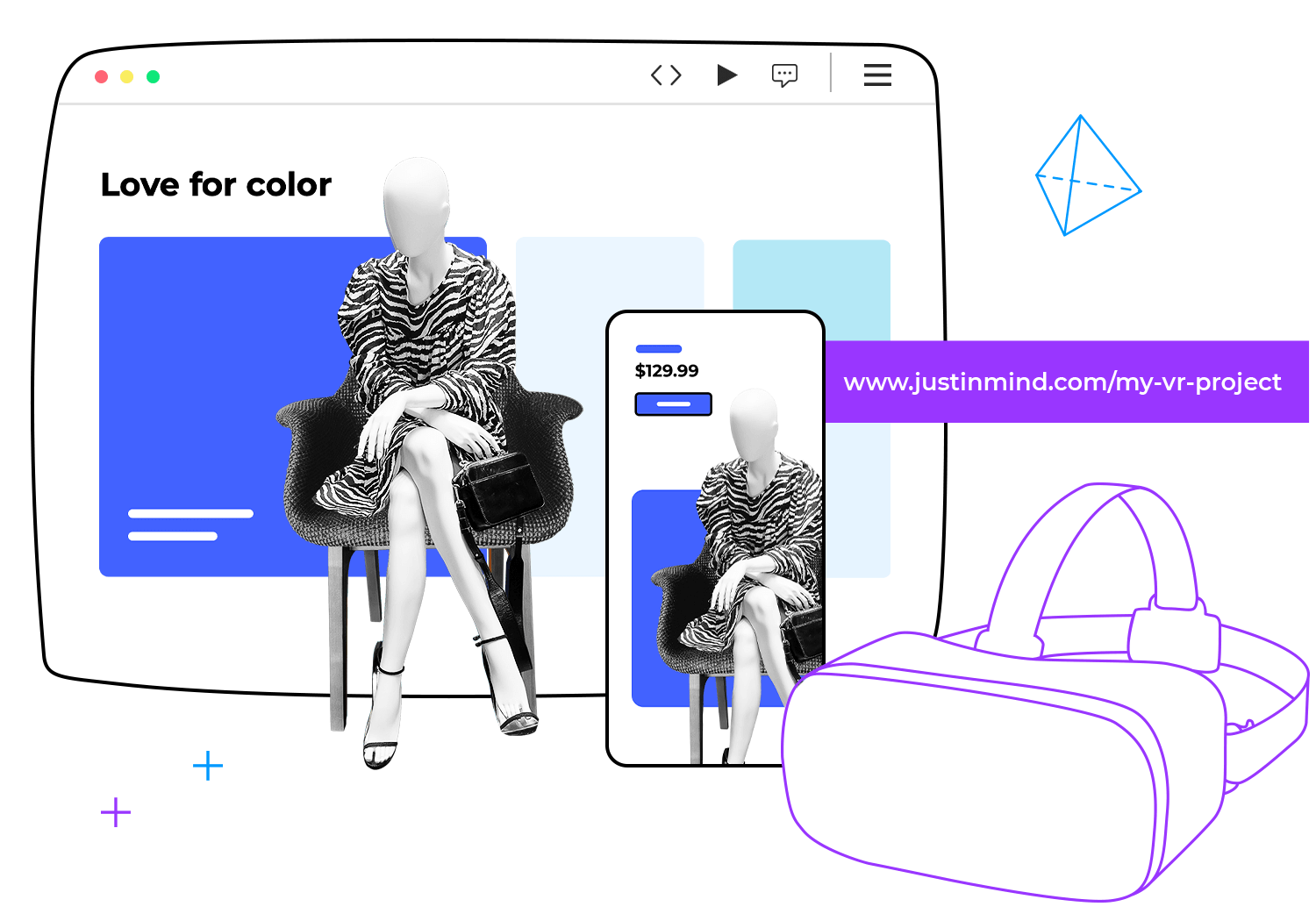
VR and AR prototypes, no matter the device
All prototypes are reachable through a humble URL, which can be accessed in any VR/AR technology, including any kind of VR headset or even a simple mobile phone. All you need is the address.
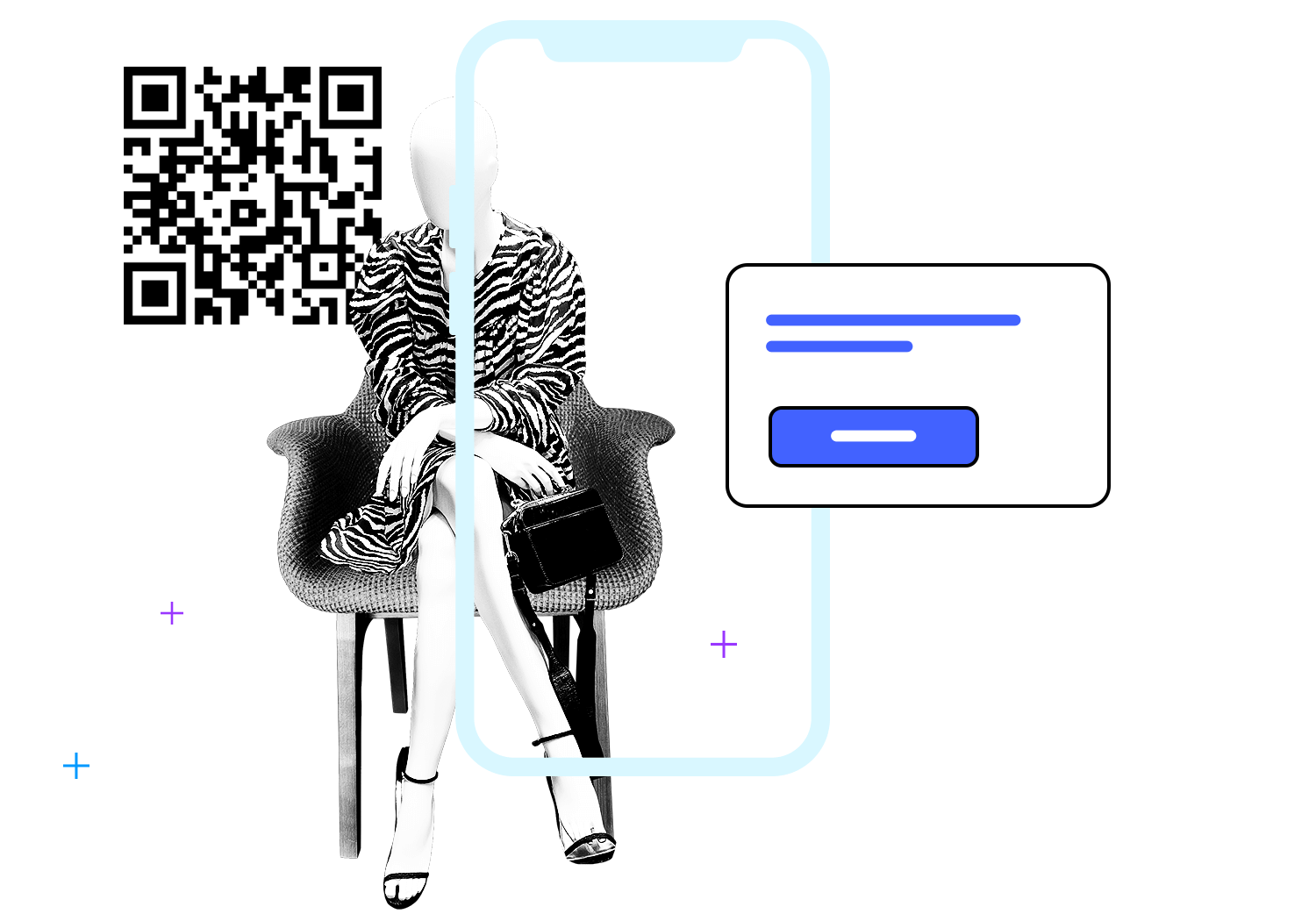
Easy setup, start designing and testing right away
Just tell Justinmind which part the prototype has to play. Download the scene or use the real world as the stage.
Using a printable tag, you can tell Justinmind where your prototype needs to be and interact with it as you would with a 2D design.
Download the surroundings and specify the dimensions of the prototype. From there, you can hand-pick the right location for the design.